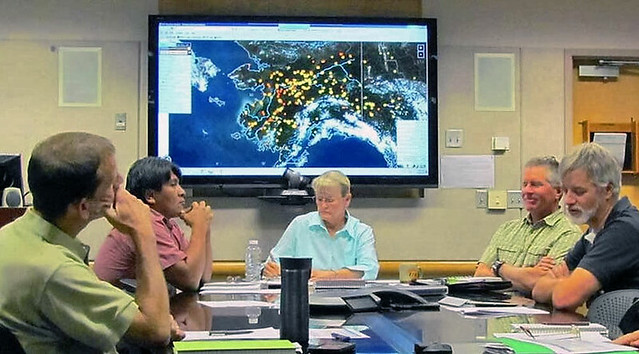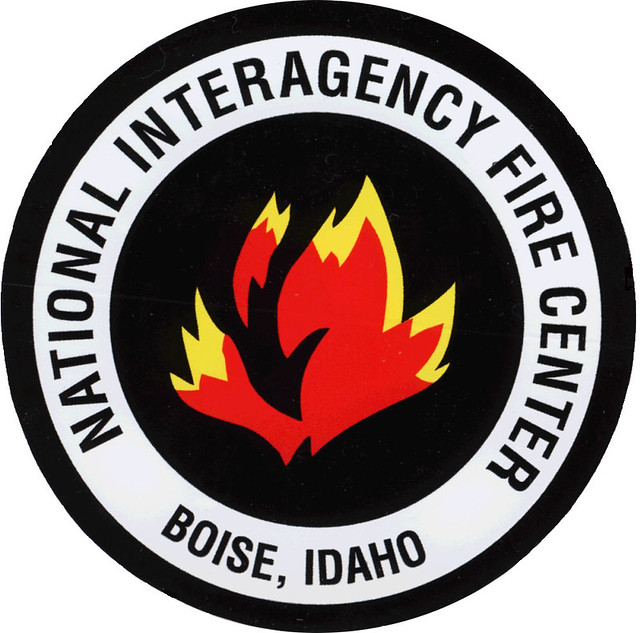
Boise, Idaho is famous among college football fans for the blue turf on the Boise State University Broncos’ field. But in wildland fire management circles, the city is just as well-known as home of the National Interagency Fire Center, or NIFC. In fact, NIFC is the nation’s support center for wildland fire management and other types of incidents. Some even refer to it as the Pentagon, or nerve center, for national wildland fire management.
Collaboration is the name of the game at NIFC, which isn’t an organization, but rather a place where the Forest Service and eight other federal, state, tribal, and local agencies work together to coordinate national wildland fire management planning and operations to ensure effectiveness and efficiency.
The agencies represented at NIFC share assets and work together to set priorities to allocate them. And effectiveness and efficiency are especially critical because no wildland fire management agency has enough assets, including firefighters, fire engines, aircraft, or other equipment and machinery, to respond to all the wildfires that occur on land under their jurisdiction.
Additionally, the National Interagency Coordination Center, or NICC, based at NIFC plays a key role in ensuring that wildland fire managers receive as many requested assets as possible.
For strategic purposes, wildland fire managers divided the U.S. into ten geographic areas. All agencies located within these geographic areas have assets that they can mobilize to respond to wildfires, but during periods of high fire activity, they typically require more. The geographic areas place orders for additional assets to the NICC, which obtains them from other geographic areas, the military, and even from other countries.
NIFC is the envy of wildland fire and emergency management experts around the world because of its seamless interagency cooperation. Each year, wildland fire and emergency management experts from countries such as Greece, Norway, and Morocco, visit NIFC to learn how it operates to improve their operations.
But the highly successful structure of NIFC was not mandated by law, regulation, or policy. What motivates government agencies to work together to ensure that wildfires in the U.S. are managed as effectively and efficiently as possible is simply that this type of cooperation has been proven, time and again, to be a best practice that delivers the benefits of good government and works for all Americans.

